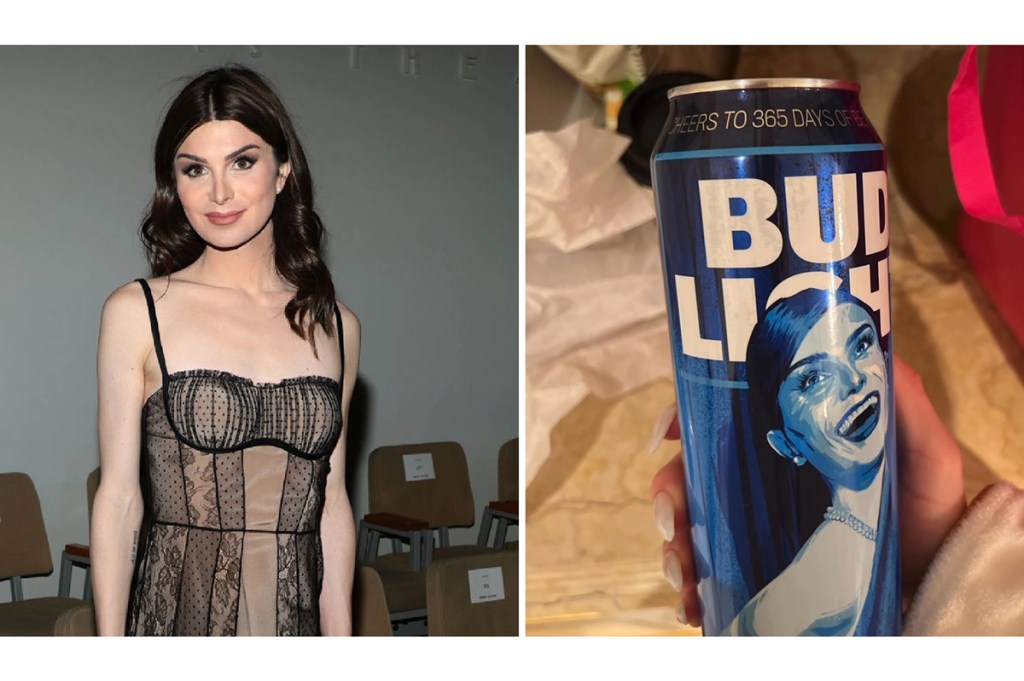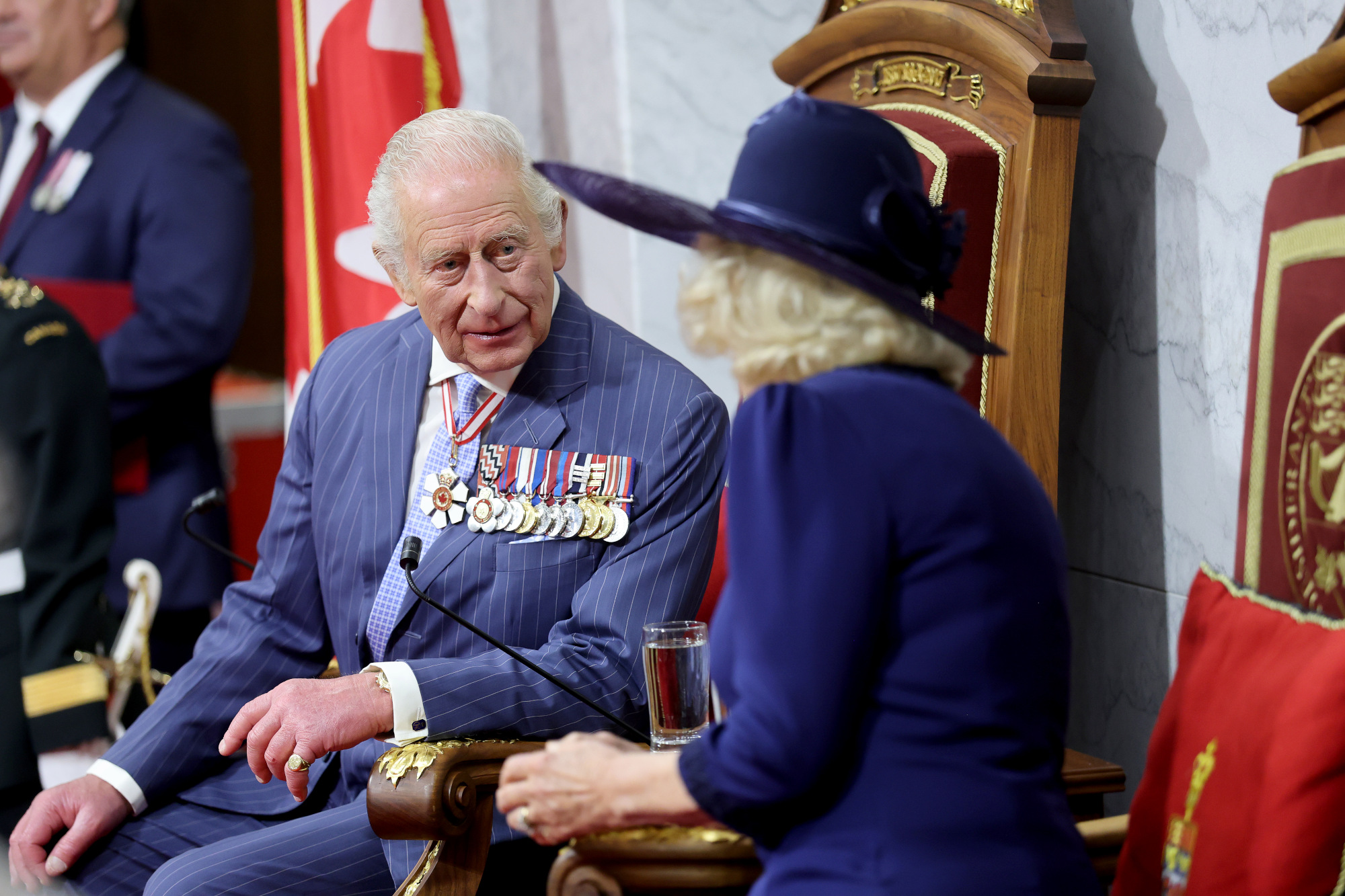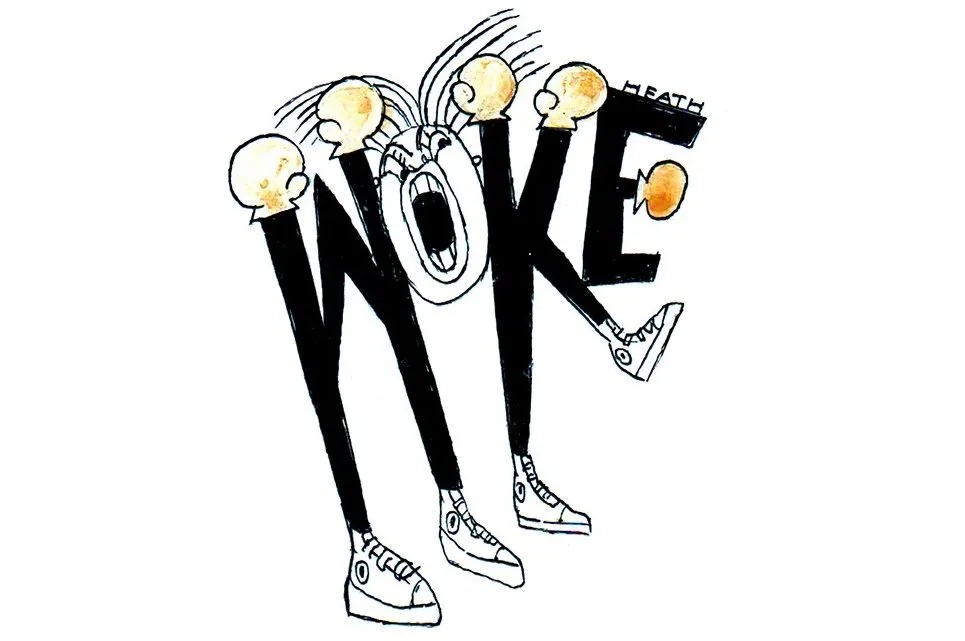In some quarters, American enterprise is alive and well. Established in 1929 to promote consumer protection, the conservative non-profit Consumers’ Research is launching the free service “Woke Alerts,” which texts subscribers news of companies “putting progressive activists and their dangerous agendas ahead of customers.” Using iconography reminiscent of adverts for those high-frequency plug-ins that ward off mice, the parent website urges shoppers tired of corporations latching onto fashionable left-wing causes to dramatize their displeasure through product boycotts.
The idea is a bit goofy. Yet the app could appeal to a far more than niche market. Only 8 percent of the US public self-identifies as far left. That leaves a fair whack of folks prospectively unenthralled by progressive corporate posturing. This month, the brewers Anheuser-Busch sent the prancing trans influencer Dylan Mulvaney a customized case of Bud Light, each tin printed with the image of this would-be female exhibitionist. Thanks to Mulvaney’s subsequent TikTok video, in which the parodically feminine convert to my sex preens in a bubble bath slurping from Budweiser’s freebies, Bud Light sales have plummeted. Collective public disgust hived $6 billion from Anheuser-Busch’s market value in just a few days.
Intoxicated by hip left-wing causes, corporations lose sight of their primary purpose: profit
Nike is next. The sportswear company has also partnered with Mulvaney, who’s been leaping about on camera doing awkward, sissified calisthenics while wearing a Nike running bra. But the purpose of a running bra is to firmly support breasts, and Dylan Mulvaney doesn’t have any breasts. In kind, a recent Honey Birdette lingerie advert features a man wearing a lacy red push-up bra and suspender belt, his tights failing to suppress what Mulvaney dubs “the bulge.” “My crotch doesn’t look like other women’s crotches sometimes, because mine doesn’t look like a little Barbie pocket,” the influencer has observed — as if the part of a woman from which children emerge is a cheap bit of plastic. Mulvaney’s urging on TikTok to “Normalize the bulge!” has even offended the trans icon Caitlyn Jenner.
While the rumor on Twitter that Tampax has also engaged Mulvaney as a sponsor is erroneous, the company did send the male-anatomied show-off multiple free boxes of tampons. As I recall, during my reproductive years Tampax never posted me any free tampons. At least such a welcome giveaway (they’re expensive!) would have made biological sense.
What are marketing people thinking? On the off chance you’ve never seen the chancer’s videos, Mulvaney has made a public spectacle of his year-long transition to becoming not-really-a-girl. The twenty-six-year-old’s version of being female is so exaggerated, writing large the most pathetic aspects of stereotypical femininity, that for anyone with genuine XX chromosomes the play-acting is grievously insulting. Make-up caked, pinkies raised daintily upward, heels lifted high and out to the side, he flits prissily on a twenty-foot run. This is the sort of “girl” who throws underhand and five feet too wide, who’s afraid of worms, who hates getting dirty, who cries all the time, who squeals at minor celebrities, who can’t pound a nail or open jam jars and who jabbers incessantly about frocks, skincare products and periods. Had I watched one of these performances in a state of innocence, I’d have mistaken the video for an anti-trans pisstake.
This once little-known actor may well be a calculating opportunist cashing in — accumulating more than $1 million so far — on a warped trend. Racking up nearly 13 million followers, the fellow (yes, “his,” “he,” “fellow”; go ahead, Met, arrest me) is doing terribly well from pageantry watched nearly a billion times online — many can’t-look-away views, as in my case, drawn for being so horrific. In a way, then, you can’t blame the guy. You can blame companies perversely attaching themselves to an influencer who offends a large proportion of their customers.
Budweiser has traditionally targeted men, and whatever pronoun we use to cite the character, Mulvaney makes a poor excuse for a fishing, shooting, pub-crawling bloke. The brand’s image is no-nonsense, down-home and working-class. Why alienate your commercial base merely to appeal to a narrow Gen-X demographic, most of whom can’t yet legally drink? Anecdotally, a Missouri bar manager reports that sales of Bud Light in his venue halved in a week; a sports bar owner in Massachusetts claims his Bud Light sales are down by 80 percent.
I’ve observed this pattern before regarding publishing houses more obsessed with “diversity” than with producing books people want to buy. Intoxicated by hip left-wing causes, corporations lose sight of their primary purpose: profit. Granted, boardroom ideology is doubtless skin-deep. These affected displays of what currently passes for virtue must be motivated by the same cynical opportunism that drives Mulvaney. But since when do we need to remind companies to make money? Their social engineering strategy is backfiring spectacularly. So maybe these marketers aren’t cynical enough.
Which brings us back to “Woke Alerts.” Conventionally, it’s the left that deploys product boycotts (think Israel), and it’s the left that has contrived online rating systems to suppress right-of-center opinions. The Corporate Equality Index rates companies on their alphabet-people policies. The Global Disinformation Index punishes websites for not toeing the progressive line. Consumers’ Research is using the same tactics to fight back.
Personally, I would see it vastly expand its new service in Britain. Know those advisories at the beginning of Netflix films, “Includes sexually graphic scenes and drug-taking” etc? Before Channel 4’s Naked Education, which in the interest of body-positive “acceptance” all but urges young women to chop their breasts off, let’s see “Woke Alert!” pop up on-screen. Before the BBC News? Woke Alert! At the entrance to National Trust properties, shameful cesspits of colonialism and links to slavery? Woke Alert! Outside the Wellcome Trust’s exhibit claiming milk is racist? Woke Alert!
Look, I know we’re all sick to the back teeth of the word “woke,” but at least it’s uni-syllabic and punchy, and most of us know what it means. Besides, we wouldn’t have to use the tiresome shorthand nearly as often if there weren’t so bloody much of it about.
This article was originally published in The Spectator’s UK magazine. Subscribe to the World edition here.
























